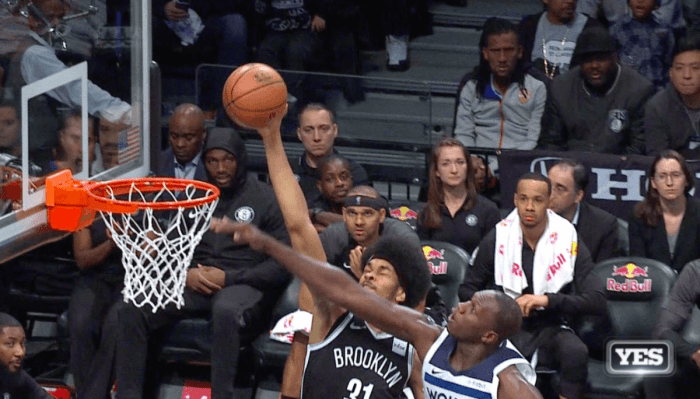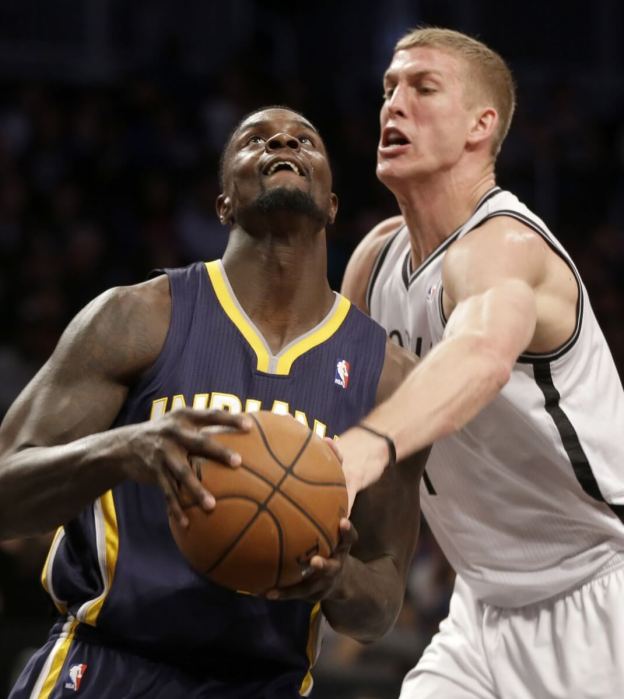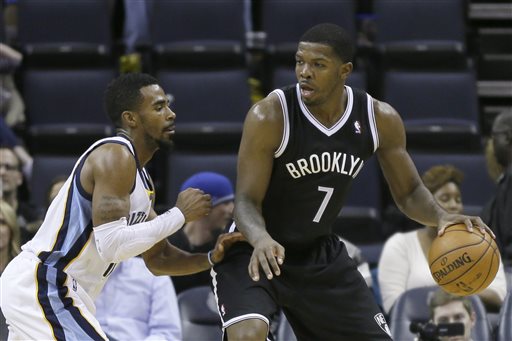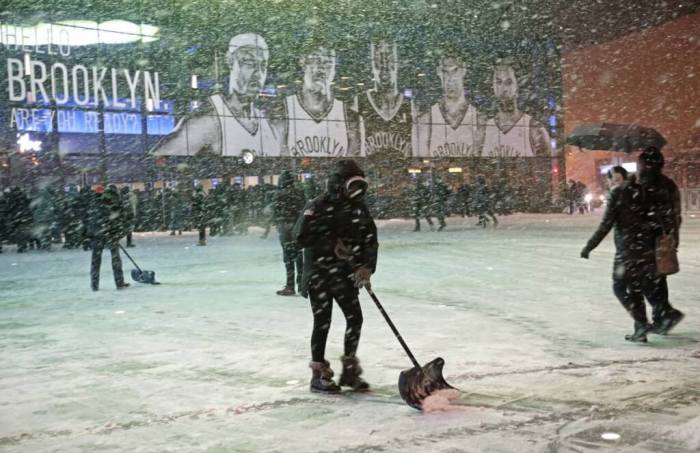After taking Derrick Coleman first overall the 1990 NBA Draft, the Nets drafted Kenny Anderson 2nd overall a year later in 1991. The two players were supposed to form a destructive duo in the swamps of New Jersey, but instead of popping off, they imploded upon themselves, never to fulfill the potential they had coming into the NBA. Yes, that’s the case with most players, but it should’ve been different for Anderson.
In an interview with Sports Illustrated, Anderson spoke about being afraid to fail:
Anderson developed not a fear of failure but a fascination with it. “I study downfalls,” he says. “I’ve always wanted to know how a player at the top slips off that pedestal. If I look at a guy’s stats and I see he only made it to the All-Star Game once in his career, I have to ask around, I have to find out why. Did he start hanging out too late at night? Did he get a big head? Did he start playing just for the paycheck? I want to know all the different ways a guy can start to slide.”
It’s sad to see that Anderson became “that” guy, only making the All-Star Game once (1994) and fell off his game due to off-the-court issues. It was supposed to be different for Anderson… the high school phenom that became the first ever freshman to be named All-City in New York, the all-time New York high school points leader (2,621) until Sebastian Telfair came along and broke it in 2004, the smooth lefty that had amazing handle and the ability to get to the basket.
Kenny A started his NBA career missing the whole preseason and first three games of his NBA rookie year due to a contract dispute. When he eventually reported to the Nets, head coach Bill Fitch basically was ticked off at Anderson, a player he didn’t want from the beginning. So, for whatever reason you want to give, Anderson sat on the bench and learned from starter Mookie Blaylock. It was supposed to be different for Anderson.
In his second season, the legendary Chuck Daly, coach of the back-to-back NBA champion Detroit Pistons’ Bad Boys, seemingly came in and saved Anderson from failure. Before the season, the Nets traded Blaylock and gave Anderson the rock. Unfortunately, with the Nets looking good at 30-24, Anderson broke his wrist thanks to the New York Knicks’ John Starks and the Nets finished at 43-39 with Anderson off the court he was just beginning to shine on. It was supposed to be different for Anderson.
His third year saw Kenny A become an NBA All-Star, finish fourth in the league in assists (9.6; Mookie Blaylock was third with 9.7) and was the highest-scoring point guard (18.8 PPG) in the L. After such a high, Anderson fell off and only played one-and-a-half more seasons with the Nets before being traded to the Charlotte Hornets. It was then that Anderson became a journeyman, playing with the Portland Trail Blazers, Boston Celtics, Seattle SuperSonics, New Orleans Hornets, Indiana Pacers, Atlanta Hawks and Los Angeles Clippers. It was supposed to be different for Anderson.
But, it wasn’t.
Kenny A had all of the talent in the world with a spotty jumper being his main physical flaw. Mentally, he didn’t assert himself as a leader as much as he probably should have. His position on the court and production certainly warranted him leading his team. Instead, it was the enigmatic Coleman that led the way for those Nets and that led to the land of “supposed to be different” for both Anderson and the franchise.
Anderson could have been so much more than the cautionary tale he feared, but in the end, maybe he wasn’t supposed to be.



















